In Japan, the sound of slurping noodles isn’t considered rude —
it’s a way to taste the aroma through sound.
Especially among the Edo sophisticates, this act was seen as “iki” (いき / 粋) — refined, effortless elegance.
While Western etiquette often values silence at the table,
Japanese culture transforms sound itself into a form of appreciation.
What Does It Mean to “Taste by Sound”?
When you slurp soba, you draw in air together with the noodles.
This helps carry the subtle fragrance of buckwheat to your nose —
creating a perfect harmony between sound, aroma, and taste.
It’s not just eating.
It’s listening to flavor.
Edo-Style Elegance
For Edo people, being “iki” meant balancing restraint and flair.
They never drowned soba in broth —
just dipped the tips, slurped with rhythm,
and left quietly after a short moment of delight.
That short, graceful sound —
“Zuzu…” — was the mark of a true connoisseur.
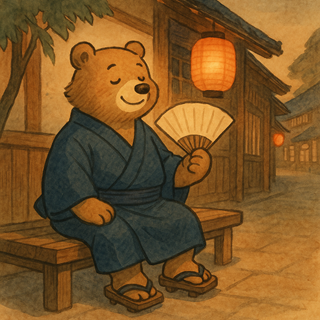

Cultural Contrast
In many Western cultures, slurping is frowned upon.
But in Japan, it’s a sign of sincerity and immersion.
The louder, the better? Not quite — it’s about natural flow.
A sound that feels effortless and rhythmic — that’s the sound of respect.
Onomatopoeia of Soba Slurping
Japanese even has sound words for noodle slurping:
“Zuru zuru” (ずるずる) or “Zuzu” (ずず!) —
each expressing a different rhythm and mood.
A playful symphony of air, broth, and noodle.

Edo-Style Soba Etiquette — The Art of “Iki” Eating
Mori Soba Comes First
For true Edo sophisticates, mori soba — plain, chilled noodles served on a bamboo tray — was the only real choice.
Toppings and extra flavors like tempura or broth were seen as distractions.
The goal was simple: to savor the pure aroma of soba without interference.
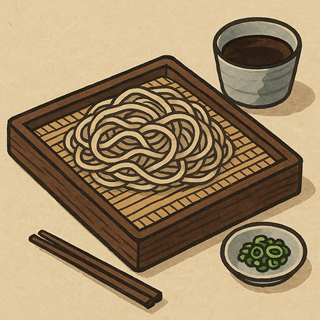
Dip Lightly, Not Deeply
Drenching the noodles in sauce? That’s yabo — the opposite of iki.
The Edo way is to dip just the tips of the noodles into the tsuyu (soy-based dipping sauce)
and slurp them up in one smooth motion.
The sauce is only a whisper of flavor — not the main act.
Slurp with Style
Making sound isn’t rude — it’s a sign of appreciation.
As you slurp, you draw in air that lifts the fragrance of buckwheat into your nose.
It’s said that you taste soba through its sound.
A clean, rhythmic “zuzuu” embodies the Edo ideal of iki — effortless elegance.
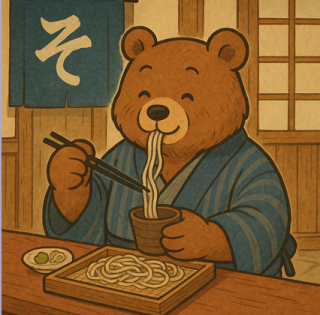
Use Condiments Sparingly
Wasabi isn’t stirred into the sauce; it’s placed gently on top of the noodles.
Green onions? Just a pinch.
Soba itself is the star — condiments are only there to accentuate its aroma.

Finish with Soba-Yu
After eating, pour soba-yu — the hot water used to boil the noodles — into your remaining sauce.
Sip it slowly to enjoy the lingering aftertaste and bring quiet closure to the meal.
That’s how an Edo connoisseur would gracefully end their soba time.

In a Word
For the Edo spirit, soba wasn’t fast food — it was a refined, sensory pastime.
They’d enter, eat quietly, and leave with a soft “Gochisō-san.”
No lingering, no excess — just a fleeting moment of beauty.
That’s what it means to be iki.
Final Thoughts
To eat soba the Edo way is to appreciate the invisible:
sound, air, and scent weaving together in a moment of quiet joy.
So next time you slurp, don’t hold back —
listen to your noodles.


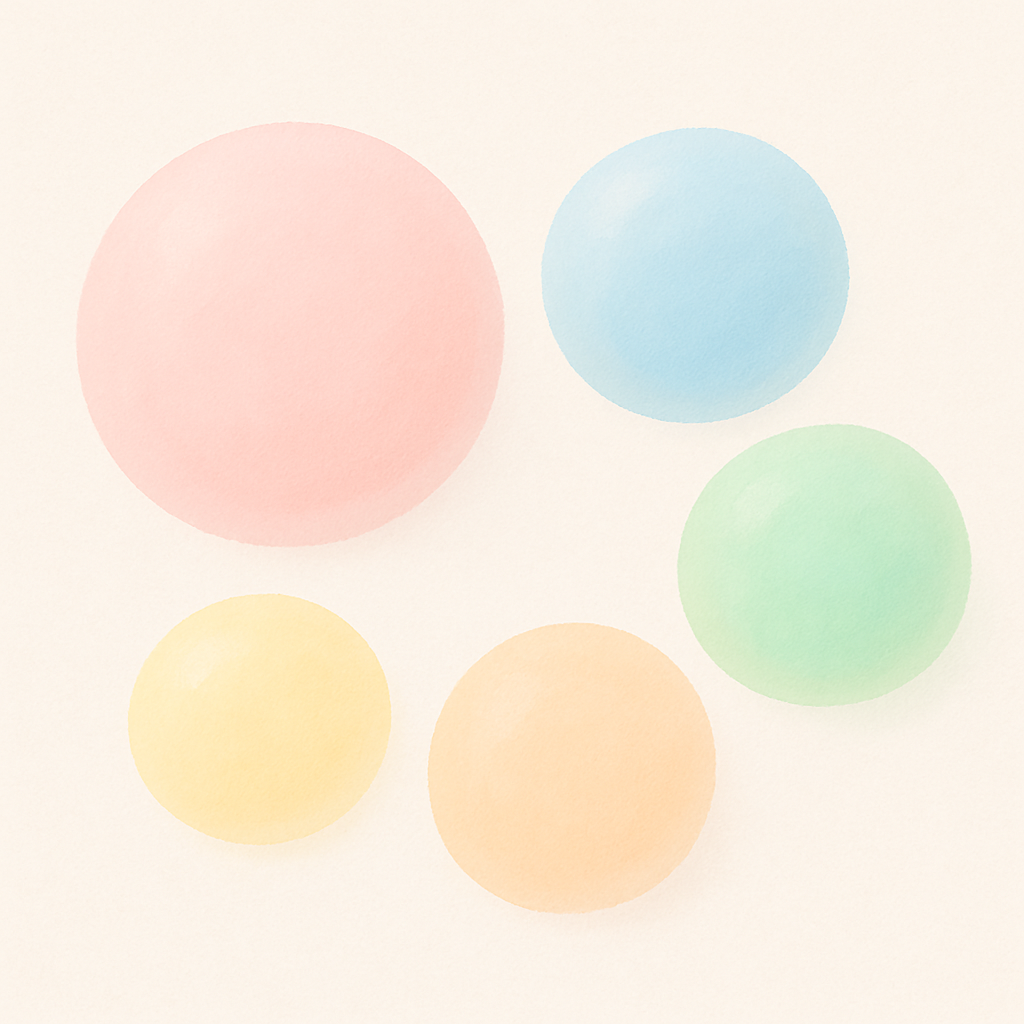


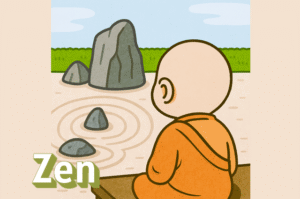
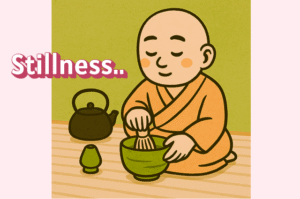
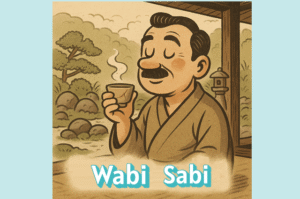
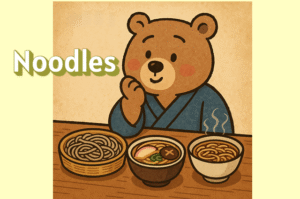
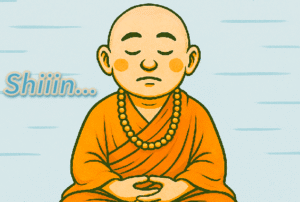
Comments